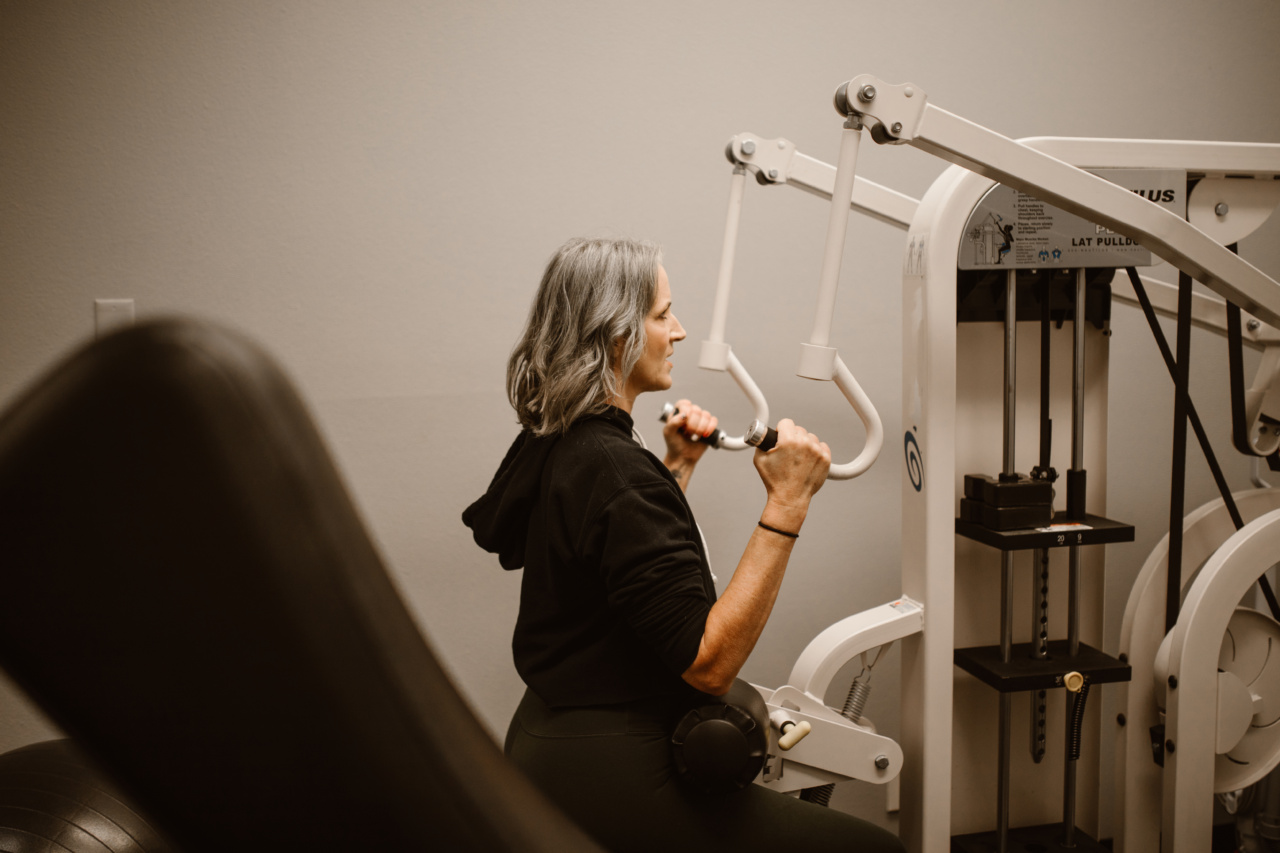Menopause is a natural phase in a woman’s life that marks the end of her reproductive years. It usually occurs between the ages of 45 and 55, with the average age being 51.
The most common symptom associated with menopause is hot flashes, which can significantly impact a woman’s quality of life. However, it is important to note that hot flashes can occur due to various reasons, including hormonal changes during pregnancy.
In this article, we will explore the relationship between menopausal hot flashes and pregnancy and discuss their impact on women’s health.
The Physiology of Menopausal Hot Flashes
Hot flashes are characterized by a sudden sensation of heat that starts in the chest and spreads to the neck and face. This intense heat is often accompanied by sweating, rapid heartbeat, and a feeling of anxiety.
The exact cause of hot flashes is not fully understood, but it is believed to be linked to hormonal changes, particularly a decrease in estrogen levels, during menopause.
Estrogen plays a crucial role in regulating body temperature, and a decline in its levels can disrupt the temperature-regulating mechanisms in the body.
As a result, the body may perceive even slight changes in temperature as significant and trigger a hot flash response. Hot flashes are more common during the perimenopausal stage, which is the transitional phase leading up to menopause when hormone levels fluctuate irregularly.
Menopausal Hot Flashes vs. Pregnancy Hot Flashes
It is important to distinguish between menopausal hot flashes and hot flashes experienced during pregnancy. While both can cause similar symptoms, the underlying causes may differ.
In menopause, hot flashes are primarily attributed to hormonal changes, particularly a decline in estrogen levels. In contrast, hot flashes during pregnancy are thought to be primarily caused by the increased blood flow and metabolism associated with the growing fetus.
Pregnancy hot flashes tend to be more localized to the chest and face and may not be as severe or frequent as menopausal hot flashes. Additionally, pregnancy hot flashes usually occur during the first trimester and taper off as the pregnancy progresses.
They can also be accompanied by other pregnancy-related symptoms, such as nausea, fatigue, and mood swings.
Impact of Menopausal Hot Flashes
Hot flashes can significantly impact a woman’s quality of life. They can disrupt sleep patterns, leading to fatigue and daytime drowsiness.
Many women also experience emotional symptoms like irritability, anxiety, and depression, which can further affect their overall well-being. The frequency and severity of hot flashes can vary greatly among women, with some experiencing occasional mild flashes, while others may have frequent and intense episodes.
Hot flashes can also affect personal and social life. Women may feel self-conscious about the sudden and visible onset of sweating, which can be embarrassing in public situations. This can lead to a loss of confidence and avoidance of social interactions.
Furthermore, disturbed sleep patterns can lead to decreased productivity at work or impaired cognitive function.
Managing Menopausal Hot Flashes
While menopausal hot flashes cannot be completely prevented, there are various strategies that women can employ to manage their symptoms effectively:.
1. Hormone Replacement Therapy (HRT): HRT involves taking medications that supplement the declining levels of estrogen in the body. It can be an effective treatment for reducing the frequency and severity of hot flashes.
However, HRT is not suitable for everyone, and it carries certain risks and side effects. It is essential to discuss the potential benefits and risks of HRT with a healthcare professional.
2. Lifestyle Modifications: Certain lifestyle changes can help alleviate hot flashes. These include avoiding triggers like spicy foods, caffeine, and alcohol, which can exacerbate symptoms.
Dressing in layers and using cooling fans or air conditioning can also provide relief during hot flashes. Regular exercise, relaxation techniques, and stress management can have a positive impact on overall well-being.
3. Alternative Therapies: Some women find relief from hot flashes through alternative therapies such as acupuncture, yoga, or herbal supplements.
While these methods may not have scientific evidence to support their effectiveness, they can be worth exploring under the guidance of a qualified healthcare professional.
Conclusion
Menopausal hot flashes can significantly impact a woman’s quality of life, but it is essential to differentiate between menopausal and pregnancy-related hot flashes.
While hormonal changes during menopause primarily contribute to hot flashes, pregnancy hot flashes are primarily attributed to the increased blood flow and metabolism associated with pregnancy. Understanding the underlying causes of hot flashes is crucial for effective management and treatment.
It is important for women experiencing menopausal hot flashes to seek support and guidance from healthcare professionals to explore suitable treatment options.
Each woman’s experience with hot flashes can vary, and finding the right approach to manage symptoms is key to maintaining a good quality of life during and after menopause.




























